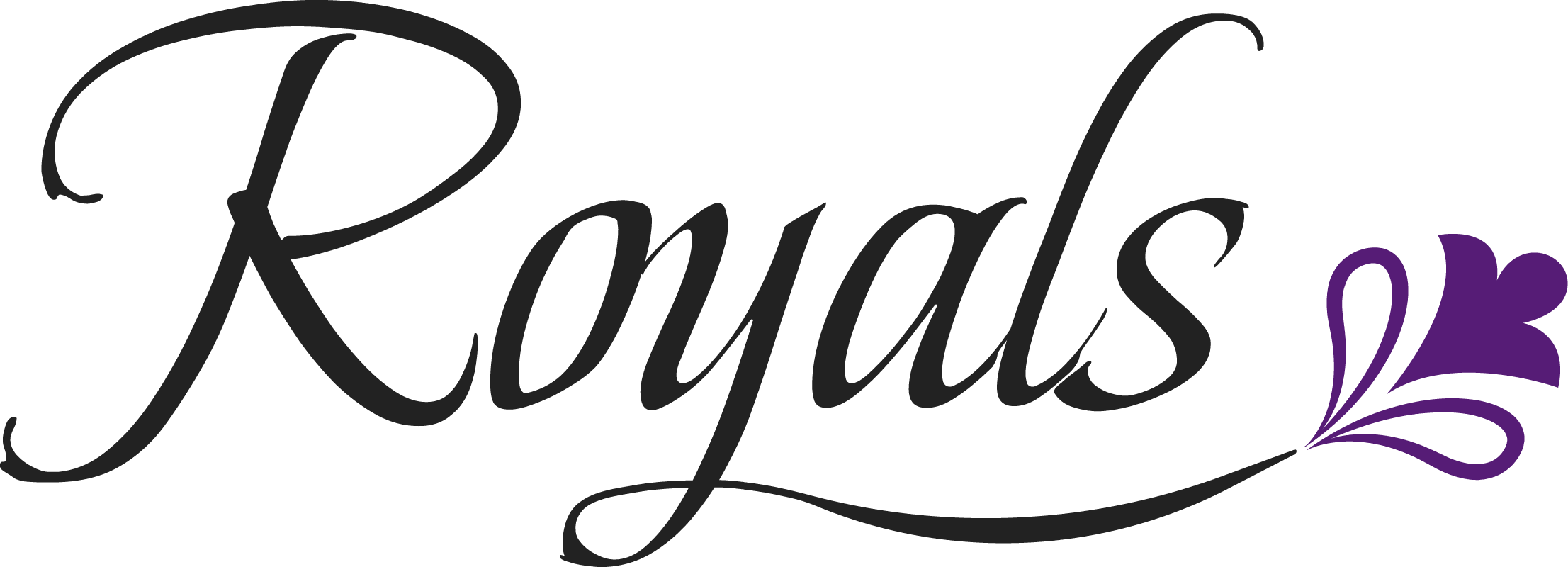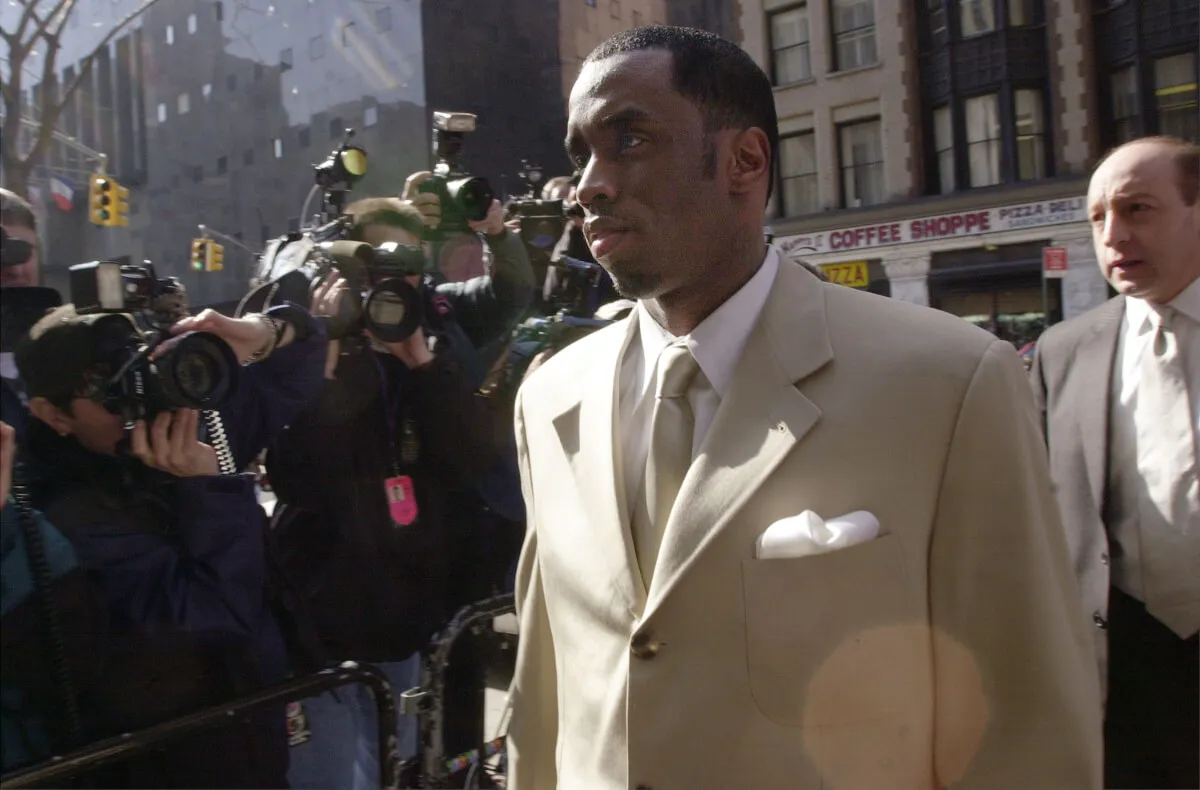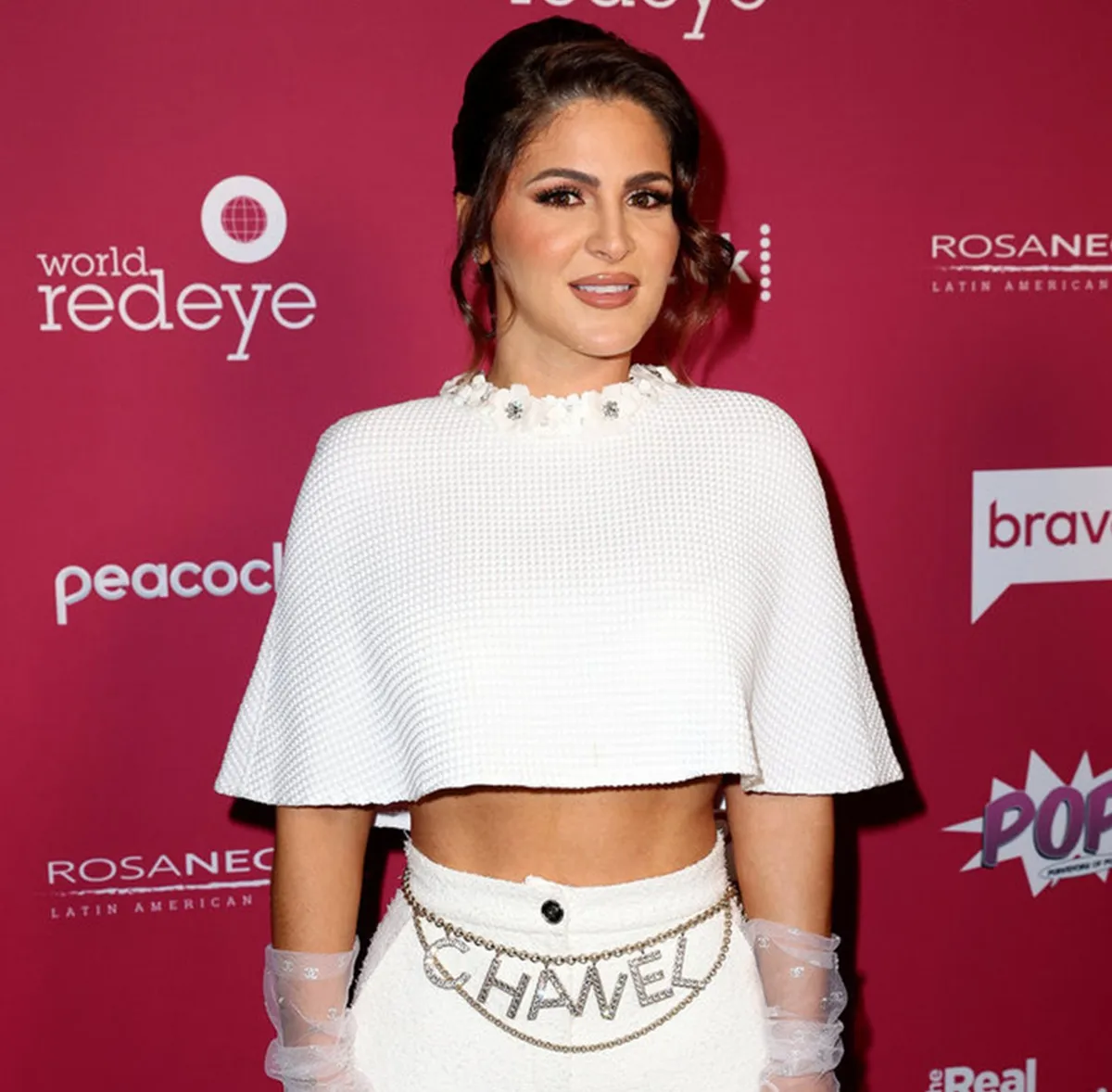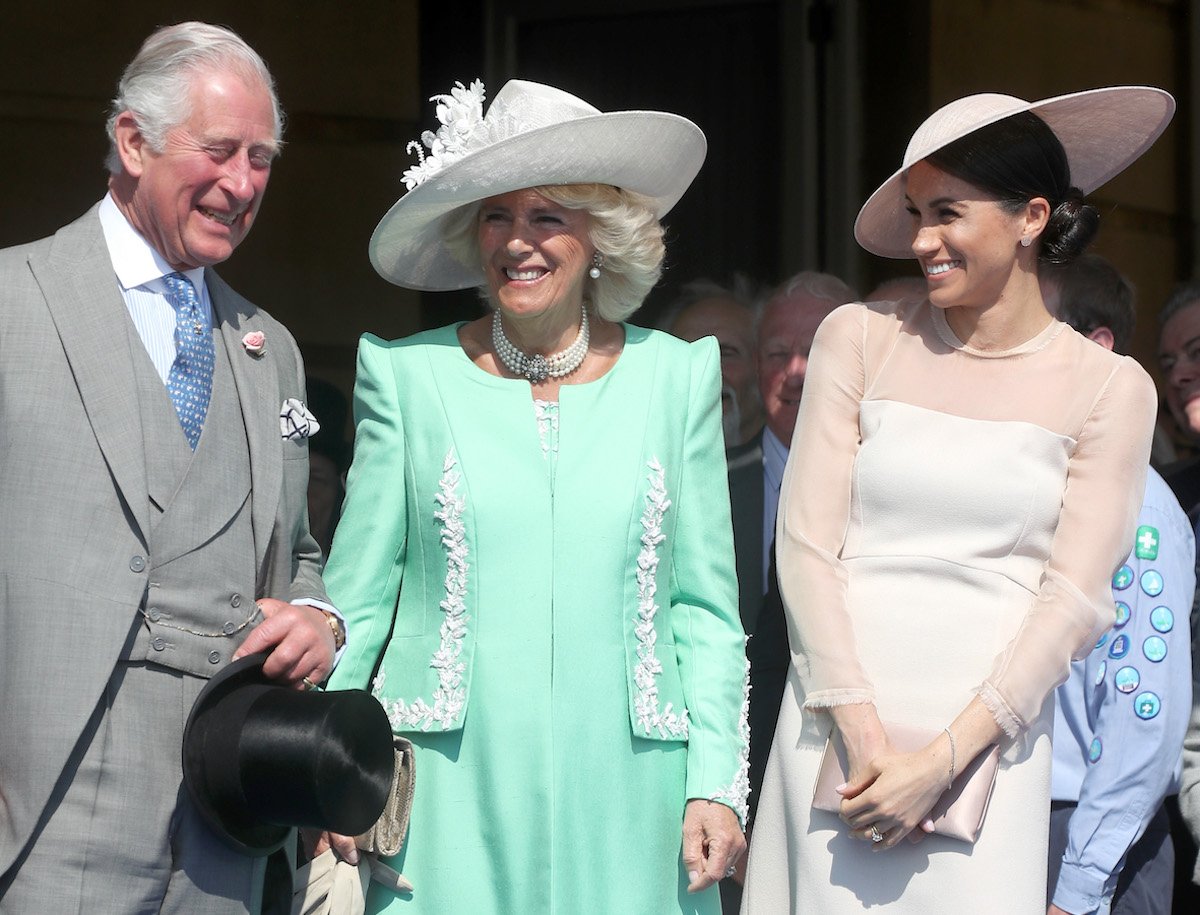
Meghan Markle’s Body Language Hinted She ‘Singled out’ King Charles III
TL;DR:
- According to a body language expert, Meghan Markle’s been prone to “single out” King Charles III in group settings.
- Meghan Markle “dipping her head slightly” toward King Charles signaled a sign of “respect” and a desire for “deeper conversations”
- Other examples include Meghan Markle seemingly trying to get King Charles’ attention by lifting a hand to her face and “leaning forward” in a family portrait.
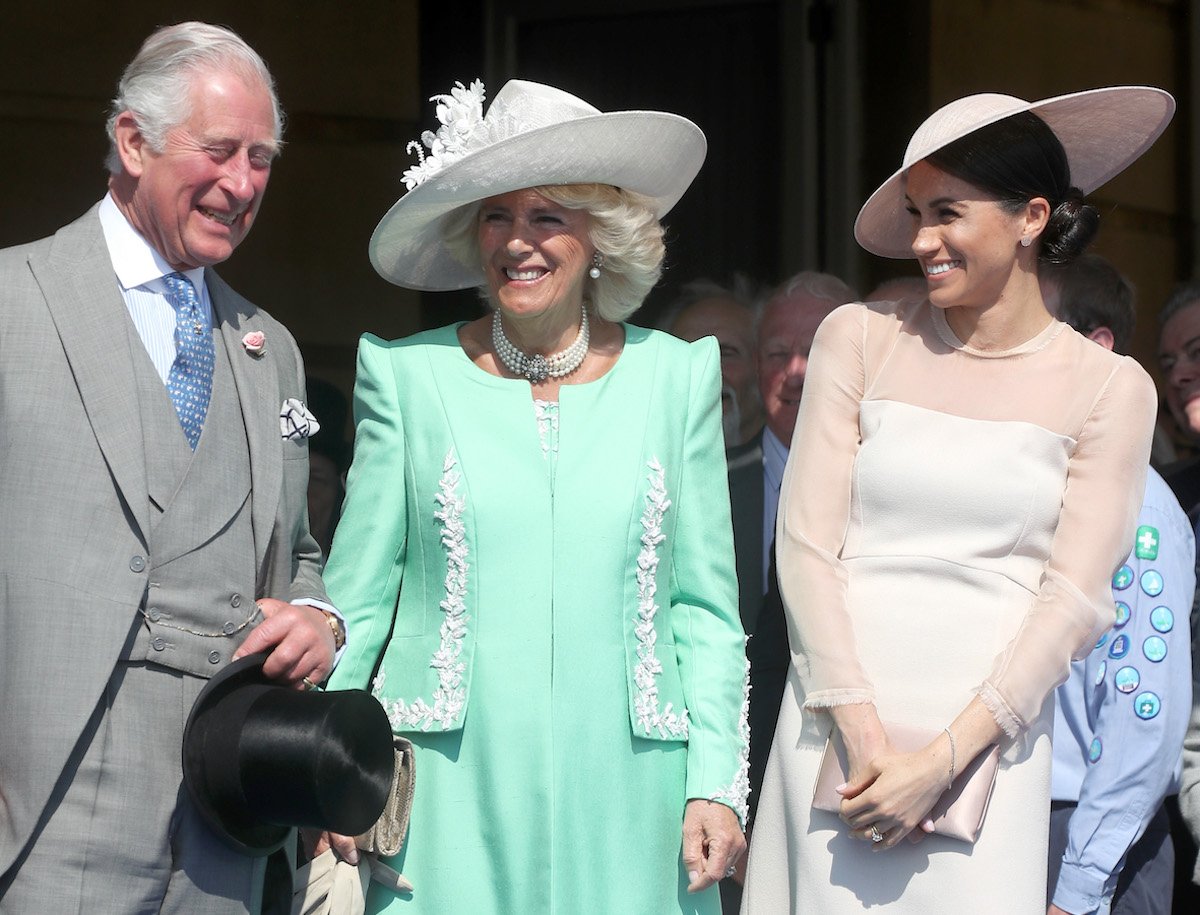
Apparently, King Charles III has been “singled out” by Meghan Markle in the past. According to a body language expert, the Duchess of Sussex appeared on multiple occasions to zero in on the king. From her and Prince Harry’s royal wedding to royal family portraits, an expert explains Meghan’s body language around her father-in-law.
King Charles and Meghan Markle body language ‘rituals’ suggest a potentially ‘very deep relationship’
Body language expert Judi James examined Meghan and the king’s body language, saying the former Suits star has a history of focusing on her father-in-law.
“Charles and Meghan could possibly have forged a very deep relationship, according to their body language rituals,” she told the U.K.’s Express. James explained when the royal family attended events together, Meghan appeared to “single out” the king.
“In a group setting Meghan tended to single her father-in-law out with her eyes and her facial expression seemed to light up when he spoke to her,” James said.
“She would be seen dipping her head slightly to suggest both respect and a desire for some deeper conversations than just the level of small talk,” she continued. “And it is possible that the pair might have found a lot of common ground in their passionate approaches to global problems.”
Royal wedding seemed to create ‘family bonds’ between Meghan Markle and King Charles
When the Duke and Duchess of Sussex married in May 2018, the king played a major role in the ceremony. Beyond being the father of the groom and host of the couple’s reception, the now-73-year-old walked Meghan down the aisle.
“There must have been some family bonds created” in that moment, according to James. In the months that followed, various gestures from Meghan came back to the king.
For instance, the then-Prince of Wales’ birthday portraits when he turned 70 in November 2018. He can be seen in group photos with Camilla Parker Bowles, Prince William, Kate Middleton, Prince George, Princess Charlotte, Prince Louis, Harry, and Meghan.
“In some of his 70th birthday photos we can see Meghan leaning forward as though keen to communicate with the group on the bench where Charles is sitting,” James explained. “And her eyes pick out the moment that baby Louis leans forward to grab Charles’s face.
Additionally, Meghan’s body language on the Buckingham Palace balcony indicated to James she wanted to catch her father-in-law’s eye. “Meghan appeared to lift her hand to her face as Charles turns to chat to Harry and she looks keen to seek his attention with this gesture.”
King Charles showed ‘regret’ at mention of Prince Harry and Meghan Markle in first speech as monarch
The king, in his first address as monarch, appeared filled with regret as he talked about Harry and Meghan.
King Charles made a brief comment about the couple in his Sept. 9 speech. “I want also to express my love for Harry and Meghan as they continue to build their lives overseas,” he said.
In the wake of the king’s speech, James offered her analysis saying the remark “prompted a pause.” Calling it a rather dramatic moment, the body language expert noted how the king “looked down in an eye cut-off of what looked like regret and even emerged with what sounded like a small sigh.”
Showbiz Cheat Sheet acknowledges conditions and cultures can impact body language and is sensitive to all backgrounds.
